The Vietnam War lasted from 1965 to 1975 and sparked a generation of protest. Here, war resister, Carl Goodwin, a former resident of Thunder Bay, shares a few memories of those years.
Monday, April 15, 2019
Reminiscences of a Canadian Anti-Vietnam War Activist
The Vietnam War lasted from 1965 to 1975 and sparked a generation of protest. Here, war resister, Carl Goodwin, a former resident of Thunder Bay, shares a few memories of those years.
by Carl Goodwin
Fall 1969 September maybe
October, at the University of Regina
“Hi
I’m Fred from Chicago.”
“Karl
Goodwin. Northern Ontario.”
We
are two members of a four-member panel invited to speak on the politics of what
came to be know in those days as the “New Left.”
Fred
and I are both somewhat nervous. Both of us are trying to anticipate what we
might contribute to the discussion.
Fred
discretely covers the microphone and brings up the topic of fishing to ease
some of the tension.
FRED:
Here you got some good pike fishing out your way.
ME:
Yup.
FRED:
What’s the best pike lure, man?
ME:
Daredevil. Big or small. Tripple hook. Pike hit ‘em. Taste OK. Boney though.
Good fighters. Catch ‘em mostly in the reed beds close to shorelines. More
familiar with fishing back home in Southern Ontario though. Catfish.
I was thinking back to
earlier times under the willows in my home village in southern Ontario. A
Huckleberry Finn like existence. A friend and I once found a half-sunken rowboat
in that creek. Patched it up with roofing shingles, tar and nails. Fished from it all one summer.
In Regina, I think I spoke
about Quebec nationalism and diversion plans for siphoning water into the US.
Small potatoes really.
I came across Fred’s picture
recently in a book, “Witness to the Revolution,” by Clara Bigham cataloguing
the life and times of anti-Vietnam War activists. Fred Hampton was described as
a charismatic and eloquent Black Panther leader. Fred was an African American and Chairman of
the Chicago Branch of the militant Black Panther party.
The Panthers had ten thousand
members divided into thirty-two chapters. They provided hot breakfast programs
in intercity schools. They were strongly anti-war and against black
recruitment. They supported the pro liberation struggles in Latin America, and
South East Asia. They were a militant organization.
On page 247 is a picture of
Fred Hampton’s bedroom. The drywall is pocked with bullet holes; the mattress
blood soaked. The pole lamp is broken sideways and reading materials are strewn
on the floor.
On December 5, 1969, Fred
Hampton, age 21, was gunned down in his sleep at 5 a.m. by the Chicago Police
Department assisted by the F.B.I. The police claimed they acted in self-defense
firing ninety shots into the bedroom with shot guns and machine guns.
April 30, 1970, the Vietnam War
will expand into Cambodia with 3,369 flights dropping 110,000 tons of bombs.
May 4, 1970.Thirteen protesting
students shot on the campus at Kent Stat in Ohio, four killed by the National
Guard. Mary Ann Vacchio screams as she summons help for a fallen Jeffrey
Miller. Twenty-eight guardsmen shot sixty-seven bullets in thirteen seconds.
Seven hundred campuses were shut down and 2. 5 million students strike.
Forty-six or forty-seven
years later, time has now scrambled the order of the Canadian anti-war
resistance. I remember going to a demonstrations outside the US consulate in
Winnipeg. It was late spring, too cold for our guitarist to play protest music.
I should have dressed more warmly.
I remember a bus charter down
to the nearest border crossing at the Pigeon River between Minnesota and
Northern Ontario, a minor border crossing. One highway patrol man showed up in
his cruiser, lights flashing. Got out, hiked up his gun belt and readjusted his
Stetson. Someone said he waved. Someone swore he flashed a V for Victory sign
before he drove off. No cars arrived to cross the border. We got back on the
bus and went home.
May 2. Weather Underground
issues a communiqué declaring war on the US government.
August 24. Sterling Hall Math
Center at the University of Wisconsin in Madison was bombed causing one death.
Four of us will pack
ourselves in a dilapidated VW Beetle and head for Madison. We will drive all
night, arriving the next morning and we’ll locate a pre-arranged contact in the
student low-rental apartment area. (No need to pay for parking. All the meters
have been smashed.)
Nighttime. The roar of
helicopters coming in. Searchlights. Screams. Frayed nerves. Pepper gas. Bob
Dylan’s “You Don’t have to be a Weatherman to Tell Which Way the Wind Blows,”
was blasting full volume out the window from someone’s apartment.
We will learn to protect out
faces and cleanse our eyes with vinegar and milk of magnesia, soaked rags. I see some people wearing protective swim goggles and football helmets.
….
A war that will go on until
1975. Seven million tons of bombs dropped on Vietnam, twice the total amount
dropped on Europe and Asia in WWII. 338,000 tons of napalm. 56,555 Americans
were killed. 200,000 South Vietnamese, a million North Vietnamese, 500,000
civilians.
The Mỹ Lai Massacre was the Vietnam
War mass
murder of
unarmed South Vietnamese civilians by U.S. troops in Sơn Tịnh District, South
Vietnam, on 16
March 1968. Between 347 and
504 unarmed people were killed by the U.S. Army soldiers from Company C, 1st Battalion, 20th Infantry Regiment, 11th Brigade, 23rd (Americal) Infantry Division. Victims included men, women,
children, and infants. Some of the women were gang-raped and their bodies
mutilated as were children as young as 12. Twenty-six soldiers were
charged with criminal offenses, but only Lieutenant William Calley Jr., a platoon leader in C Company, was convicted.
The day after his conviction, Nixon will order that Calley be released
from prison and placed under house arrest for three years. In 1974, Nixon will
grant Calley a full presidential pardon. I think he went back to work in his
father’s jewellery shop.
And from time to time, I’ll wonder what it might have been like fishing
for catfish with Fred Hampton under the willows.
Subscribe to:
Post Comments (Atom)


















































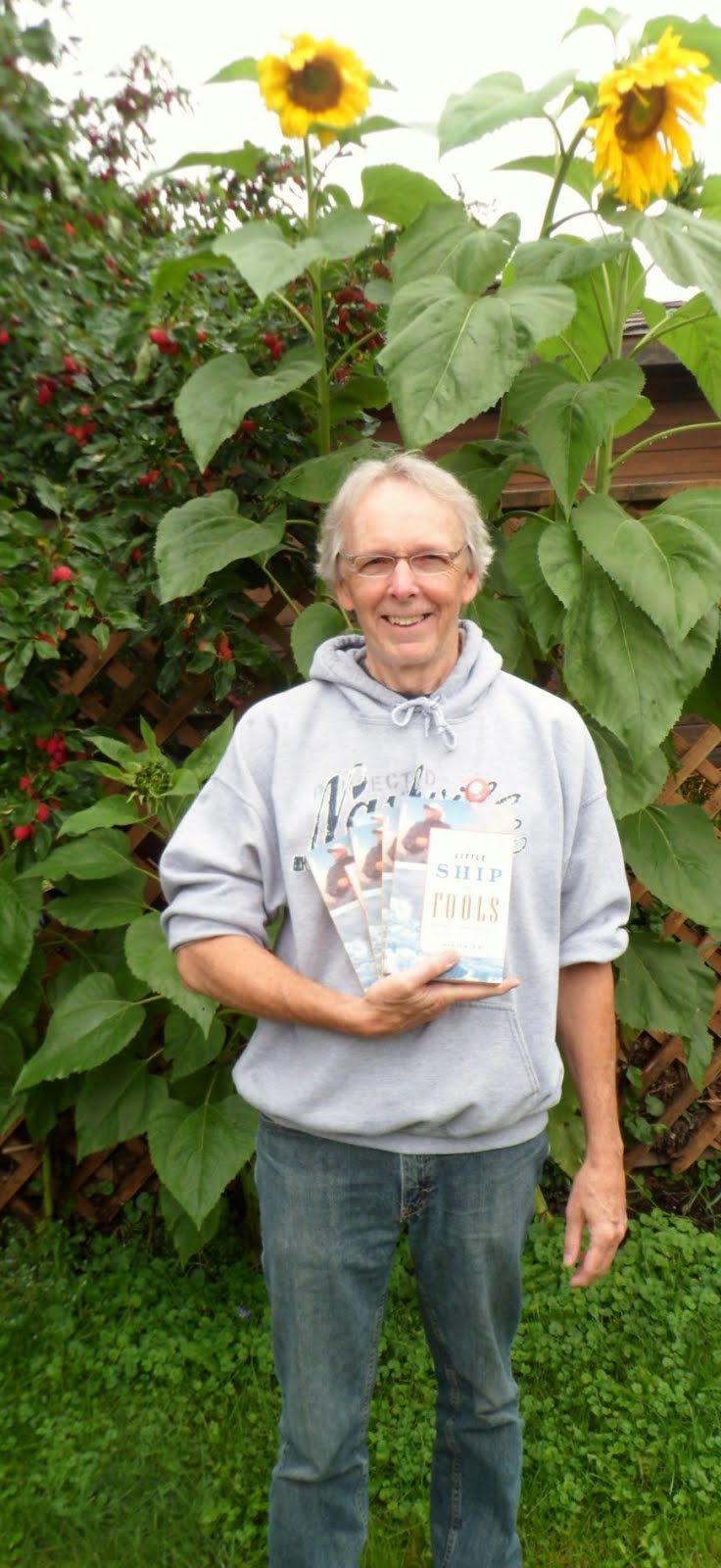





























































































































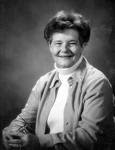


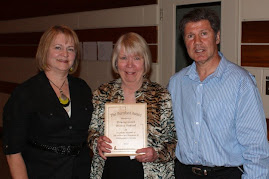









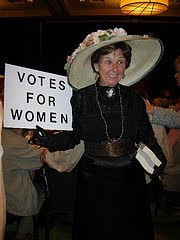




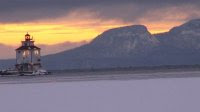
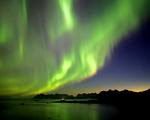










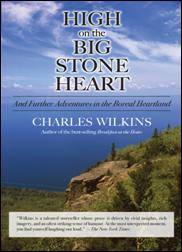



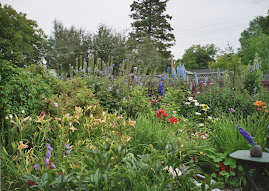

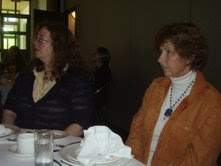











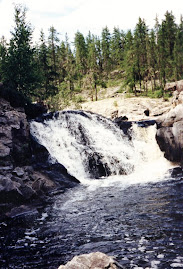




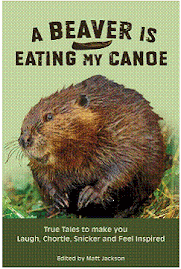


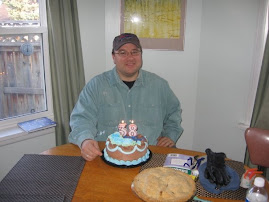

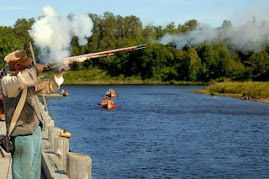
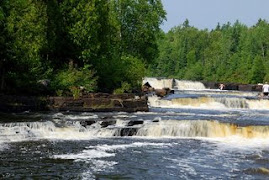


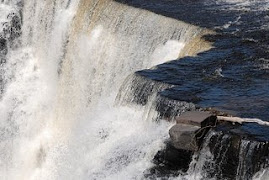





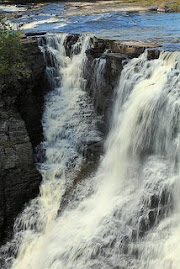

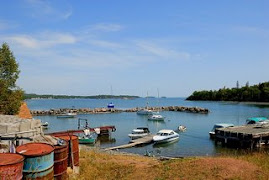

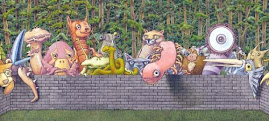
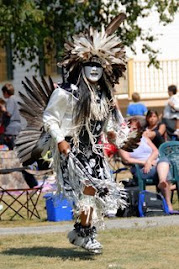
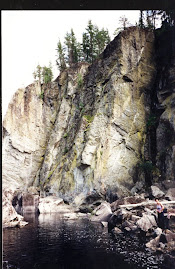

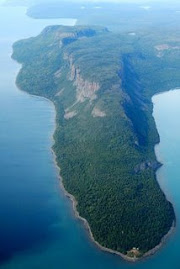
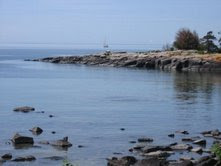


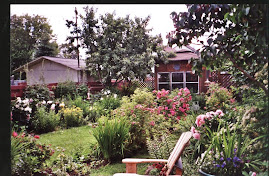
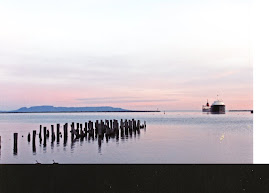







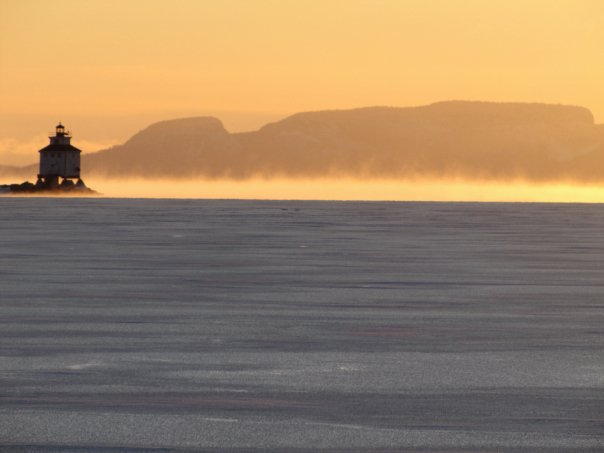

No comments:
Post a Comment